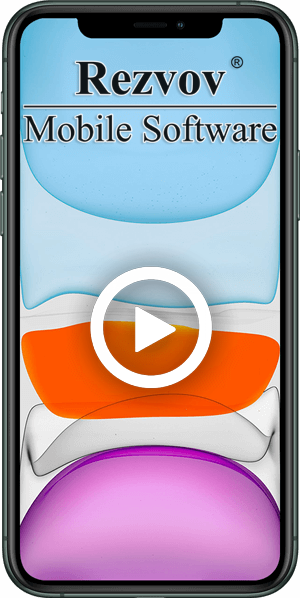A multifunctional mobile application can help increase the profit of nature reserves and national parks in the following ways:
1. Online Tickets and Reservations:
The app can offer online ticketing and tour booking, which reduces queues and simplifies the process of scheduling visits.
2. Interactive Tours:
Introducing interactive itineraries and guides to parks and reserves that educate and inform visitors can attract more interest.
3. Souvenir and Produce Shop:
An online shop for souvenirs, books, educational materials, and other products can increase sales and profits.
4. Subscriptions and Donations:
The app can provide an opportunity for subscriptions and donations, financially supporting parks and preserves.
5. Virtual Tours:
Virtual walks and live streaming can provide access to nature for those who cannot visit places in person.
6. Events and Activities:
Announcements of events, research, lectures and workshops through the app can attract more participants and visitors.
7. Advertising and Sponsorship:
Placing adverts and finding sponsors through the app can generate additional revenue.
8. Loyalty and Bonuses:
Loyalty programmes and bonuses for regular visitors can encourage repeat visits and long-term relationships.
9. Feedback and Evaluations:
Collecting feedback, suggestions, and evaluations can help improve services and visitor satisfaction.
10. Environmental Education and Attraction:
Educational content, news and articles about biodiversity, research and environmental projects can increase people's awareness and engagement.
Conclusion:
Through the implementation of feature-rich mobile apps, nature reserves and national parks can not only increase their profitability and efficiency, but also promote education and conservation by drawing attention to important environmental issues and values.
A multifunctional mobile application can play a key role in bio-education and conservation through the following ways:
1. Educational Content:
The app can provide a variety of educational content, articles, videos, lectures and podcasts about biodiversity, ecosystems, species diversity and conservation.
2. Interactive Tours and Guides:
Interactive maps, virtual tours and guides can provide engaging and educational experiments about nature and wildlife.
3. Citizen Science and Observations:
The app can include features for observing wildlife, participating in biodiversity research, monitoring ecosystem health, and species reports.
4. Online Seminars and Webinars:
Organising webinars and online lectures with experts and scientists can enhance users' knowledge of conservation issues.
5. Notifications and News:
Regular updates and news about conservation projects, environmental events and conservation achievements can increase awareness.
6. Environmental Projects and Donations:
The app can offer opportunities to support and participate in specific environmental projects and fundraise for conservation.
7. Quests and Games:
Environmental games and quests can motivate users to learn through fun and interactive tasks.
8. Discussions and Forums:
A platform for sharing knowledge, experiences and discussing important topics and ideas related to biodiversity and ecology.
9. Online Library:
Access to scientific articles, books and research on biology and ecology.
10. Assessment and Reporting:
Collecting and analysing data on human impacts on nature and evaluating the effectiveness of conservation measures.
- Collecting and analysing data on human impacts on nature and evaluating the effectiveness of conservation actions.
Conclusion:
Through multifunctional mobile applications, people can gain knowledge and become active participants in conservation and restoration processes and contribute to information dissemination and education on biodiversity and ecology.
